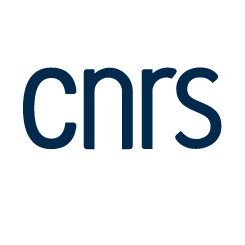Topological nanophononic interface states using high-order bandgaps in the one-dimensional Su-Schrieffer-Heeger model
Résumé
Topological interface states in periodic lattices have emerged as valuable assets in the fields of electronics, photonics, and phononics, owing to their inherent robustness against disorder. Unlike electronics and photonics, the linear dispersion relation of hypersound offers an ideal framework for investigating higher-order bandgaps. In this work, we propose a design strategy for the generation and manipulation of topological nanophononic interface states within high-order bandgaps of GaAs/AlAs multilayered structures. These states arise from the band inversion of two concatenated superlattices that exhibit inverted spatial mode symmetries around the bandgap. By adjusting the thickness ratio of the unit cells in these superlattices, we are able to engineer interface states in different bandgaps, enabling the development of versatile topological devices spanning a wide frequency range. Moreover, we demonstrate that such interface states can also be generated in hybrid structures that combine two superlattices with bandgaps of different orders centered around the same frequency. These structures open up avenues for exploring topological confinement in high-order bandgaps, providing a platform for unveiling and better understanding complex topological systems.
Domaines
Physique [physics]| Origine | Fichiers éditeurs autorisés sur une archive ouverte |
|---|


